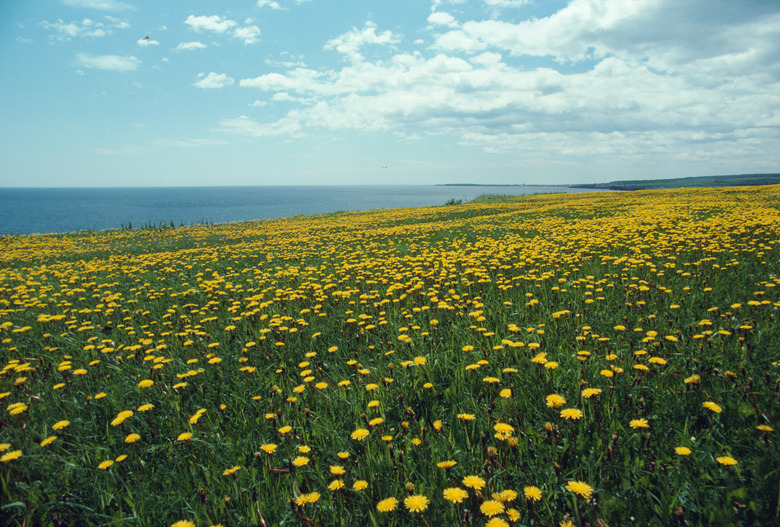Children's Facts About The Prairie Biome
What you know as the prairie biome goes by different names around the world. In South America, prairies are called pampas. In Central Eurasia they're known as steppes, and in Africa they're called savannas. Essentially, they're all the same thing: a large ecological area dominated by grass. Grasslands don't have enough regular rainfall to grow a forest, but too much rainfall to be classed as a desert. Learning about the climate, animal life and other facts serves as an introduction to the prairie habitat for kids.
Interesting Prairie Facts
Interesting Prairie Facts
Most prairie biomes are found between deserts and forests. Flat and open, grasslands cover about one quarter of the Earth's land, although many of them have been turned into farms. They can be found in the drier parts of every continent apart from Antarctica.
North American Grasslands Facts
North American Grasslands Facts
North America has 20 publicly owned National Grasslands, covering a total area of four million acres. Historically, grasslands were home to many tribes, including Apache, Cheyenne, Santee and Wichita. Before 1890, more than six million settlers in the U.S. had tried to plant crops in grasslands. However, the serious droughts and cold winters did not create favorable crop conditions.
The area's dry winds created enormous dust clouds from land that had already been plowed. Animals were threatened, farmers were displaced and emergency measures were necessary to repair damaged lands and establish communities.
In 1960, the National Grasslands were formed. The smallest National Grassland is McClelland Creek in Texas with 1,449 acres, while the largest is Little Missouri National Grassland in North Dakota, with 1,028,051 acres.
Prairie Biome Climate
Prairie Biome Climate
The average prairie biome temperature is about −20 degrees Celsius to 30 degrees Celsius. A prairie biome may be tropical (warm all year long with a dry season and a rainy season) or temperate (with a warm growing season and a cold dormant season). Temperate prairie biomes, such as those found in North America, typically have less rainfall and a greater temperature fluctuation throughout the year than tropical prairie biomes.
Prairie Biome Animals
Prairie Biome Animals
Animals living in the tropical grasslands of Africa, Australia, India and South America include:
- buffaloes
- zebras
- kangaroos
- giraffes
- elephants
- moles
- snakes
- mice
- hyenas
- leopards
The African prairie biome has the most diverse range of hoofed animals, such as antelopes, in the world. Tropical grasslands are also home to large species of termites, such as beetles.
Cite This Article
MLA
Gillespie, Claire. "Children's Facts About The Prairie Biome" sciencing.com, https://www.sciencing.com/childrens-prairie-biome-10033471/. 22 August 2018.
APA
Gillespie, Claire. (2018, August 22). Children's Facts About The Prairie Biome. sciencing.com. Retrieved from https://www.sciencing.com/childrens-prairie-biome-10033471/
Chicago
Gillespie, Claire. Children's Facts About The Prairie Biome last modified March 24, 2022. https://www.sciencing.com/childrens-prairie-biome-10033471/
